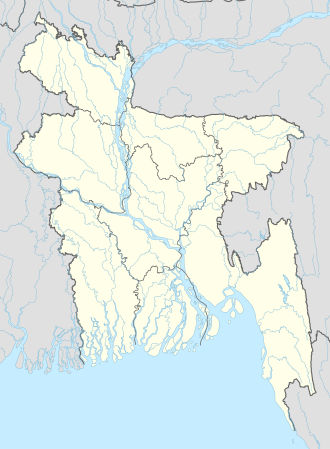| Rema-Kalenga Wildlife Sanctuary | |
|---|---|
| রেমা–কালেঙ্গা | |
IUCN category IV (habitat/species management area) | |
 | |
| Location | Habiganj District, Bangladesh |
| Nearest city | Habiganj |
| Coordinates | 24°10′53″N91°38′13″E / 24.18139°N 91.63694°E |
| Area | 17.96 sq. kilometers |
| Established | 1982 |


Rema-Kalenga Wildlife Sanctuary is a protected forest and wildlife sanctuary in Bangladesh. This is a dry and evergreen forest . [1] It is located in the Chunarughat of Habiganj district. Rema-Kalenga Wildlife Sanctuary was established in 1982 and later expanded in 1996. Currently the wildlife sanctuary expands on an area of 1795.54 hectares as of 2009. [2] This is one of the natural forests in Bangladesh that are still in good condition. However, indiscriminate theft of trees and deforestation pose threats to the sanctuary.

